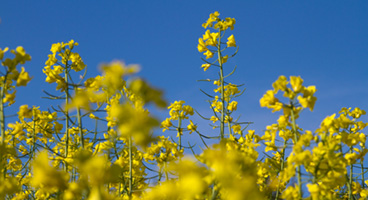Biograce Project Background
In 2009 the European Union set sustainability criteria for biofuels with the legislation of the Renewable Energy Directive and the Fuel Quality Directive. Greenhouse gas (GHG) emission savings from biofuels must be at least 35% compared to fossil fuels; this figure rises to at least 50% by 2017, and 60% by 2018 for biofuels produced in new installations.
Calculation of GHG emission savings
The directives give default values for GHG emission savings of 22 biofuel production pathways (Annex V of the Renewable Energy Direcitve or Annex IV of the Fuel Quality Directive). For economic operators who want or need to do the calculations themselves a formula is given; the formula states that total GHG emissions are the sum of emissions from cultivation, processing and transportation of the biofuels. Yet the directives do specify neither the "standard conversion values" nor the "input numbers" that were used to obtain the default values.
Input numbers and standard values
Input numbers are for instance the amount of fertiliser to grow rape or the amount of electricity and natural gas to convert rapeseed into biodiesel. Standard conversion values are for instance the emissions of nitrous oxide or carbon dioxide per kilogramme of nitrogen fertiliser or per megajoule of natural gas. These are required to convert input numbers into GHG emissions.
As the Renewable Energy Directive and the Fuel Quality Directive do not fix these standard values, economic operators can freely choose the most favourable ones. This can lead to differences in results among economic operators, even when the calculations have been made for the same shipment of biofuel. The difference in results can be as high as 10%, 20% or even more.
Auditors and biofuel policy makers throughout Europe had confirmed that this was a problem for at least two reasons:
- This problem negatively affects the European biofuels market;
- Auditors cannot verify calculations if key parameters are not defined unambiguously. In particular they are unable to check the standard conversion values used.
This problem had been discussed at a policy maker workshop early June 2009. Policy makers from 9 EU Member States and from the European Commission concluded that the most appropriate solution was to produce and publish a complete set of standard values and to refer to this from national legislation implementing the Renewable Energy Directive and the Fuel Quality Directive. The BioGrace project was born.
The BioGrace project has retraced and published how the default values were calculated and elaborate a uniform and transparent list of standard values for GHG calculations.


